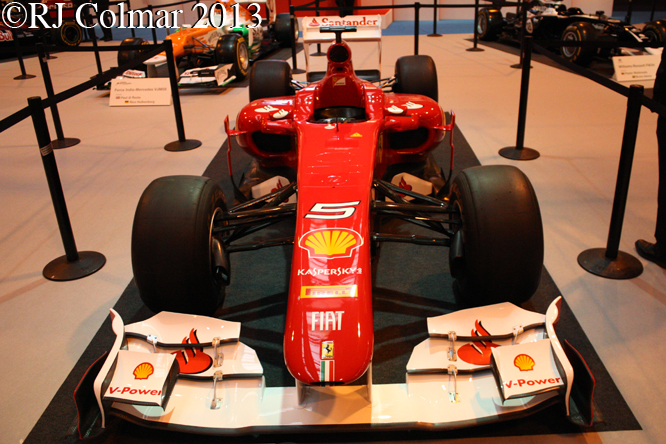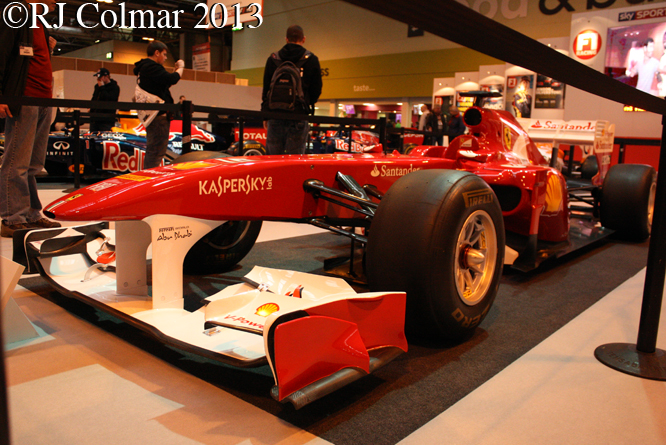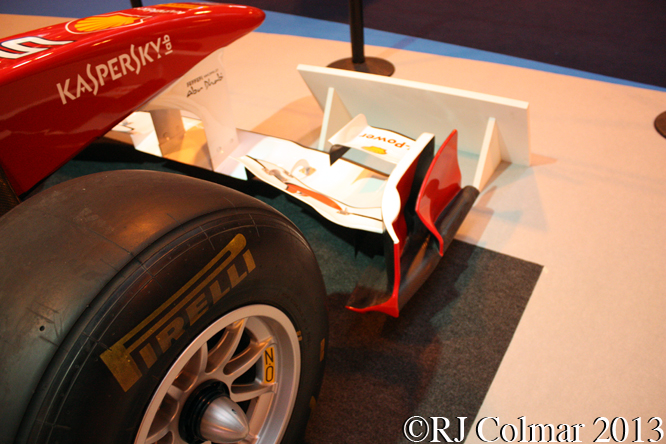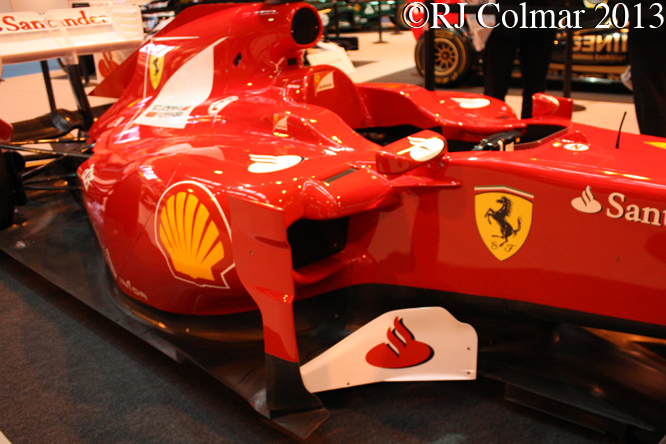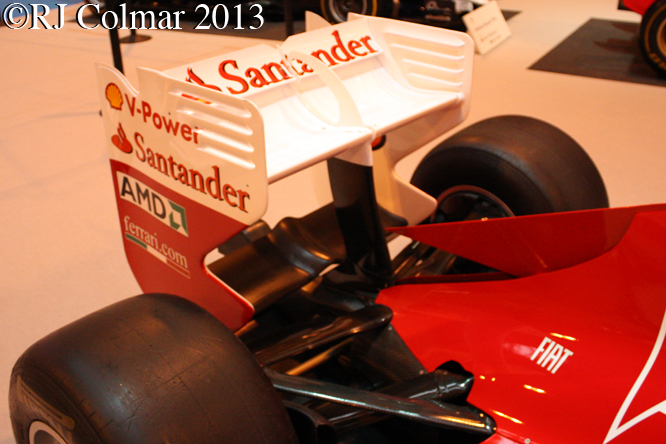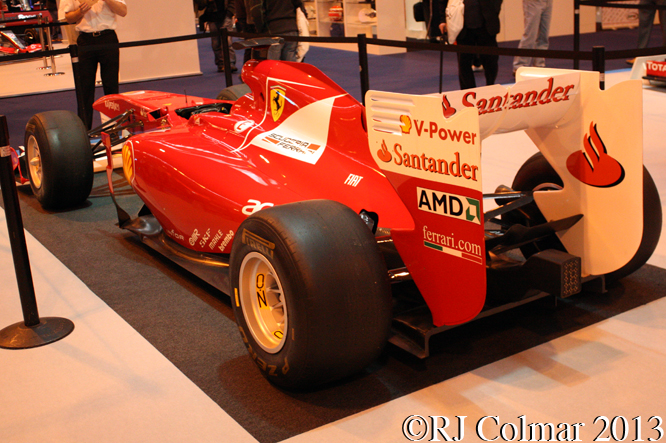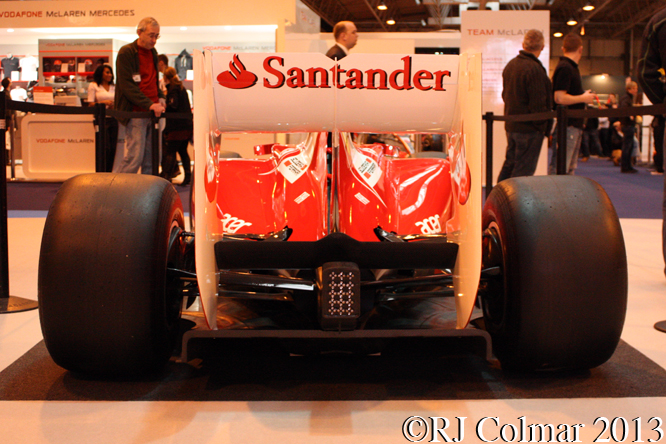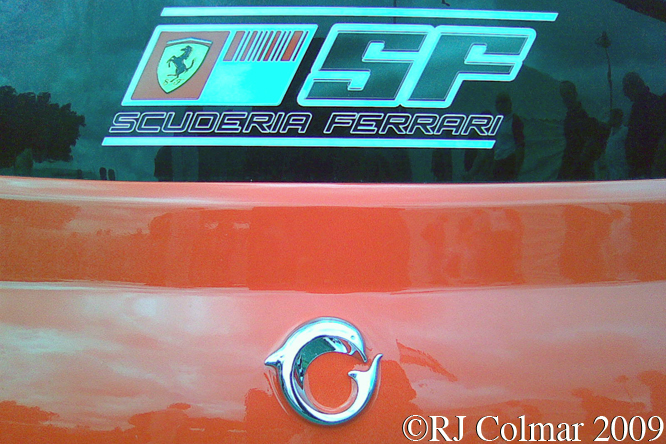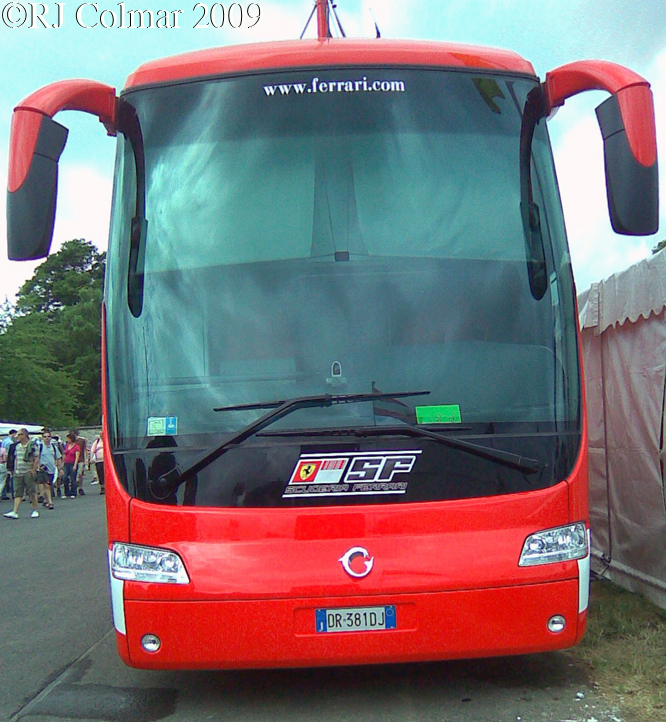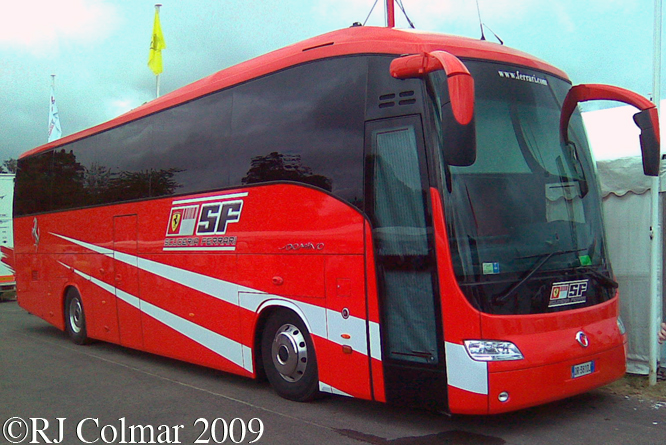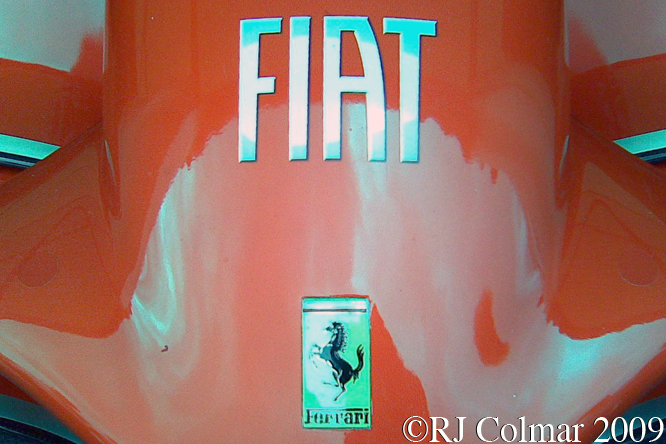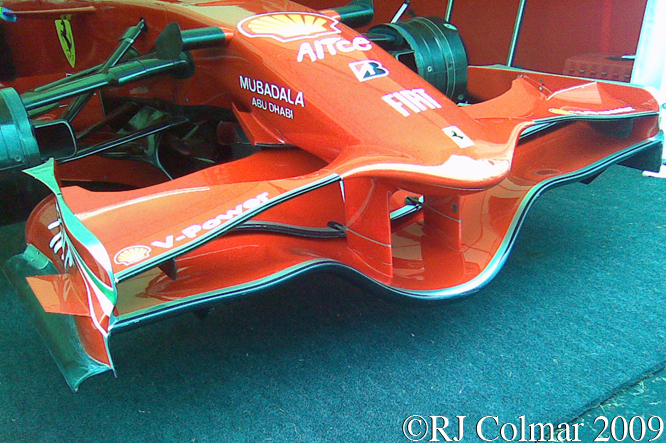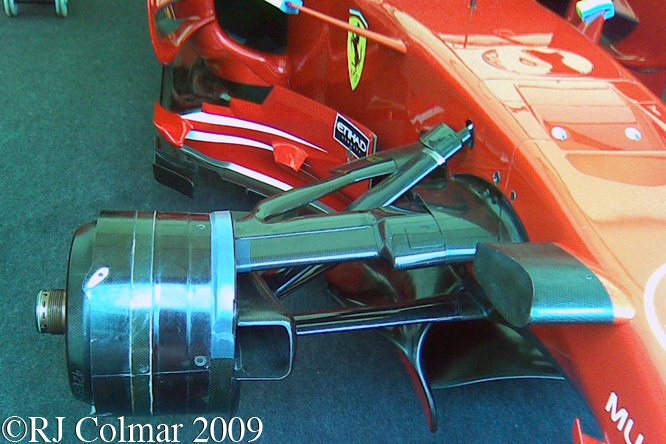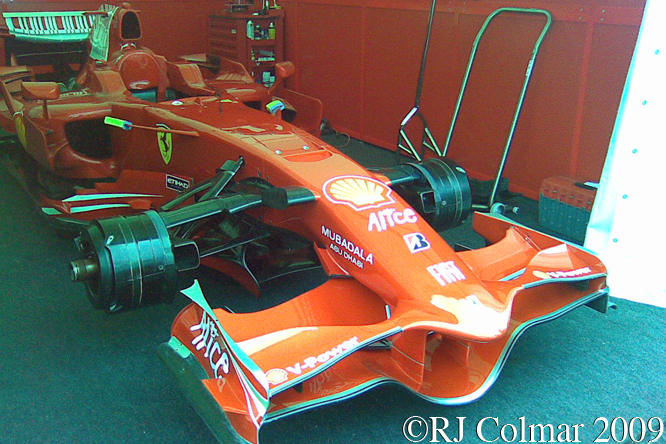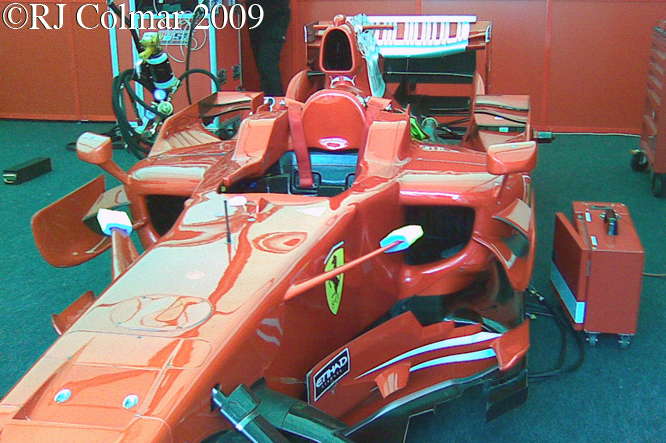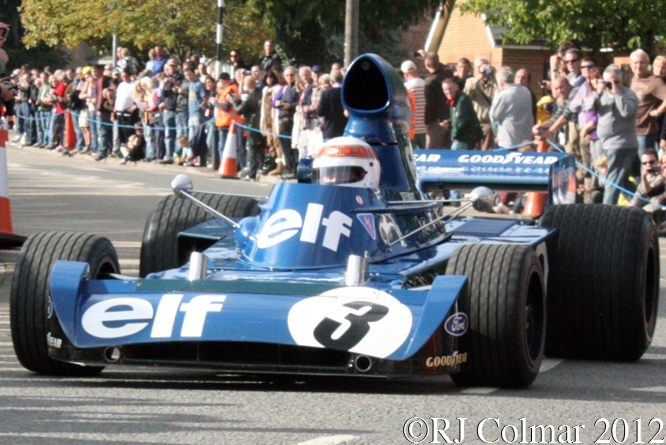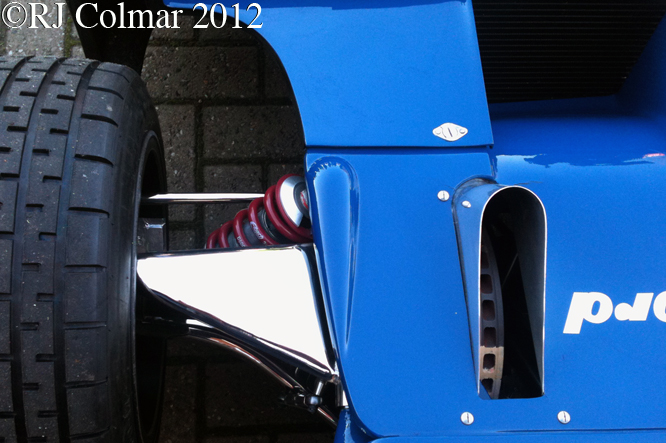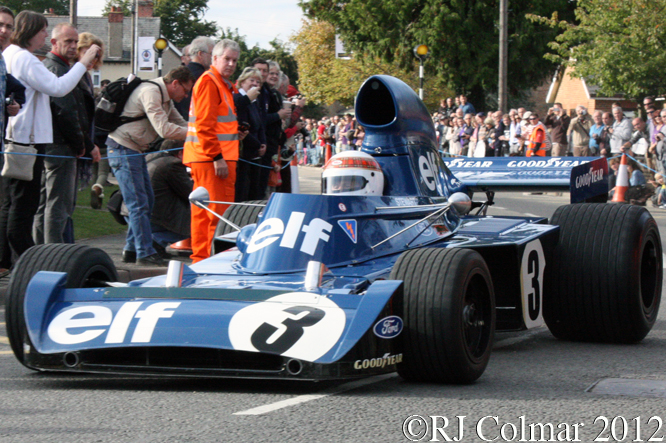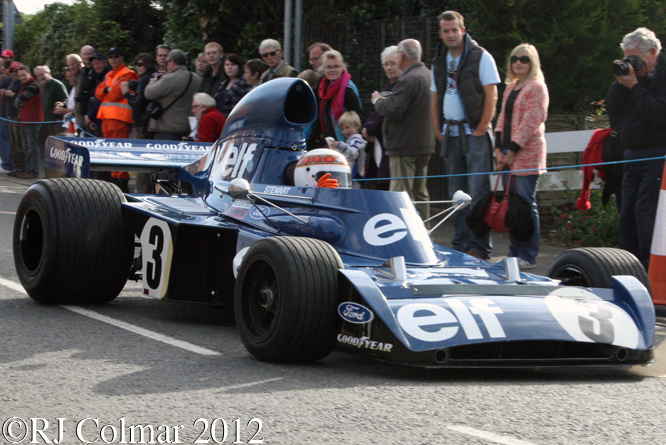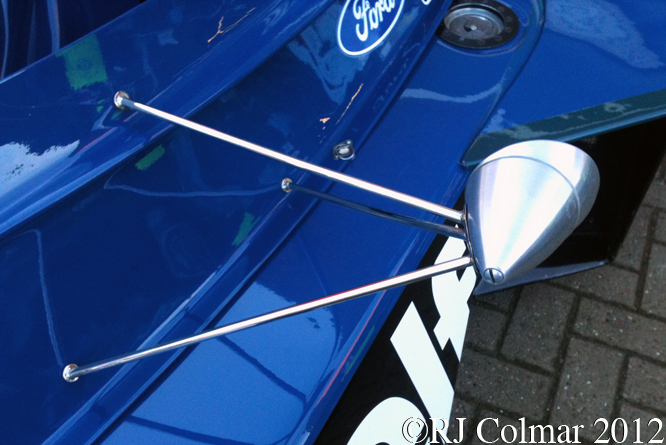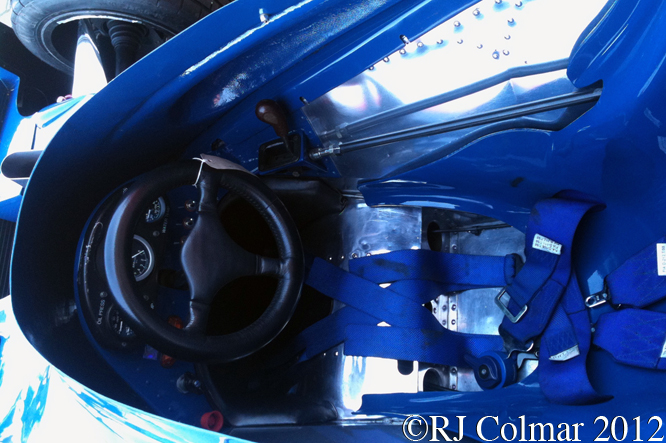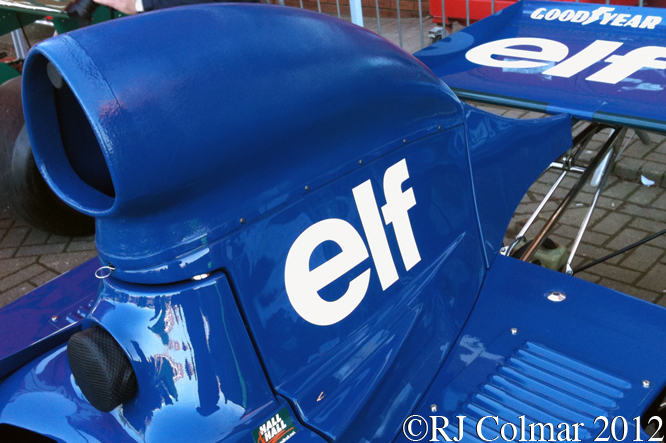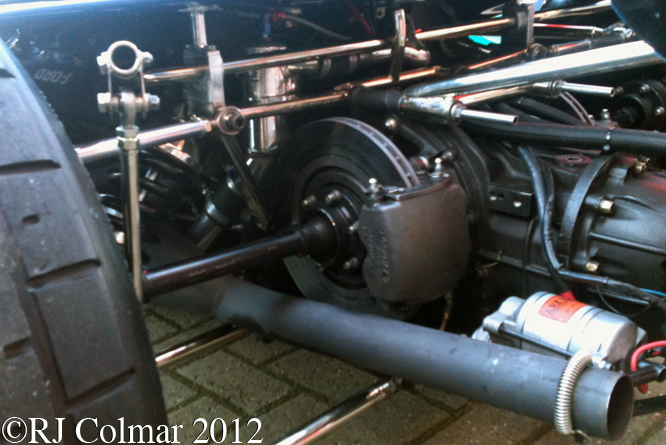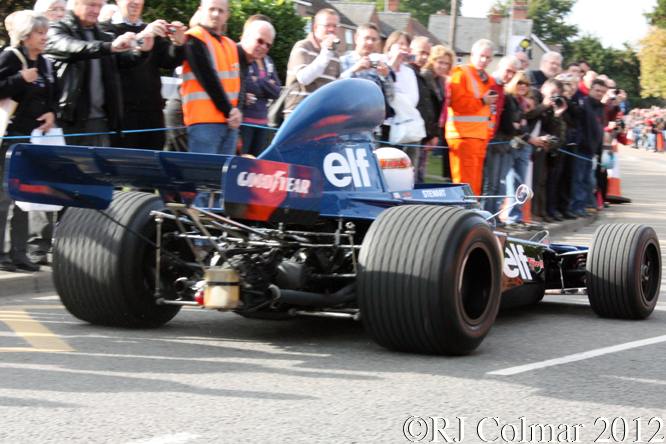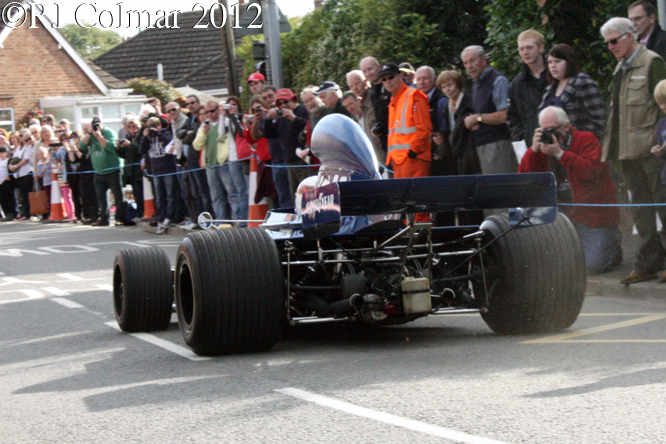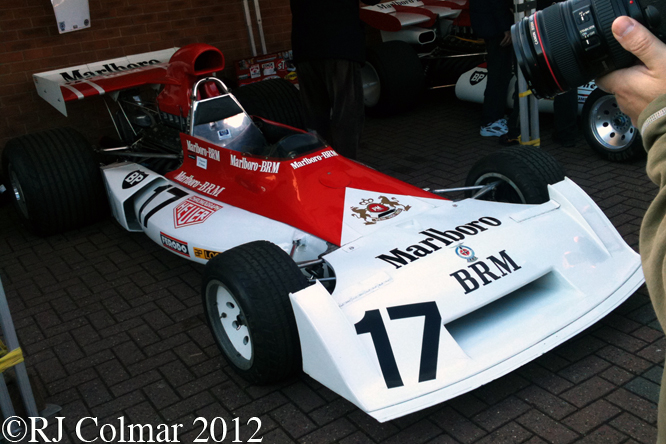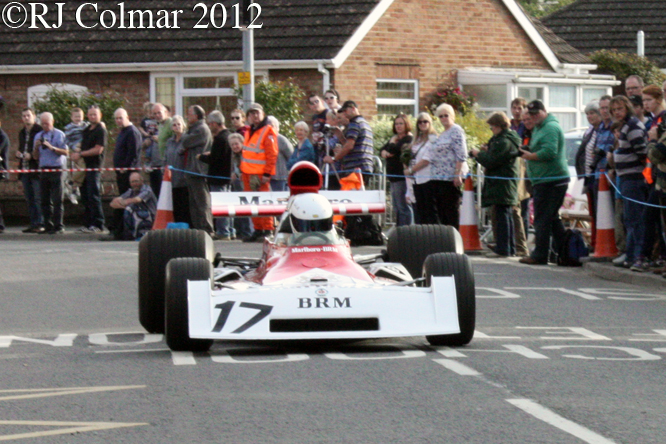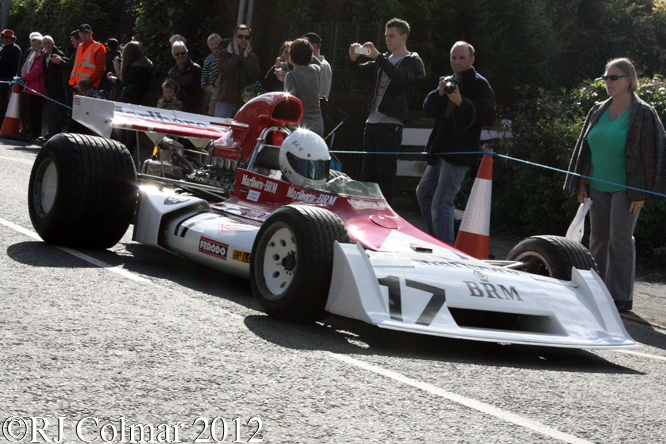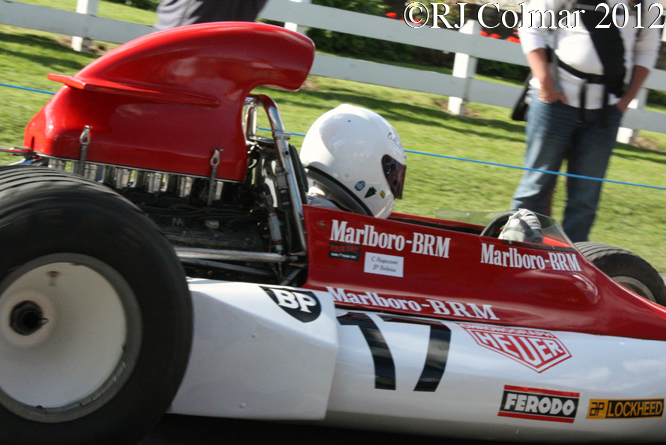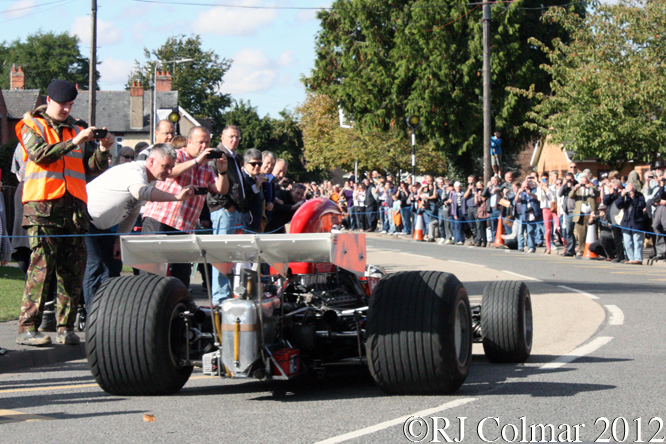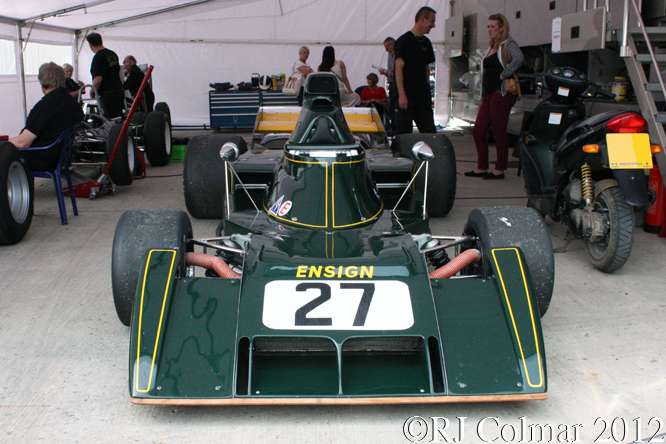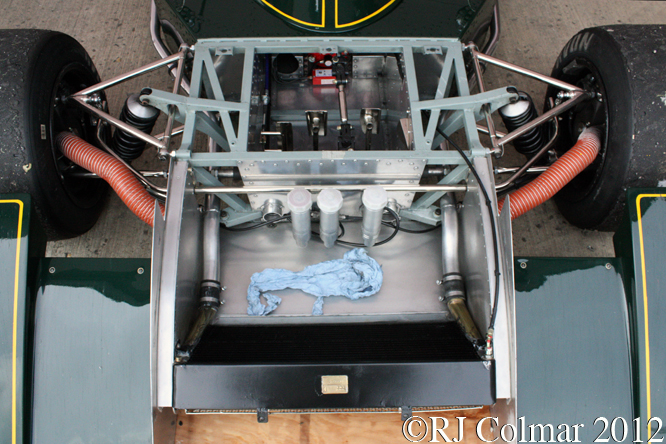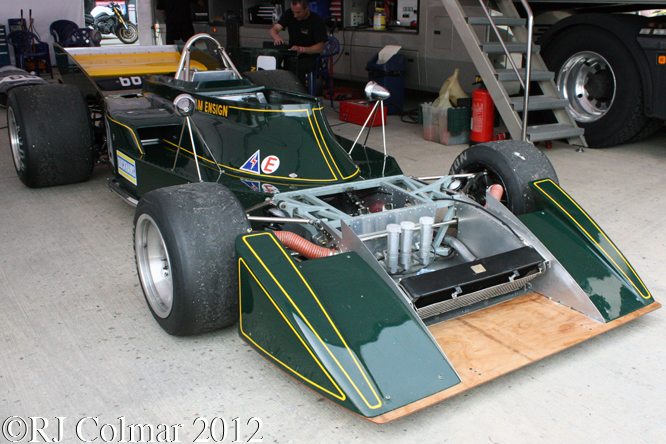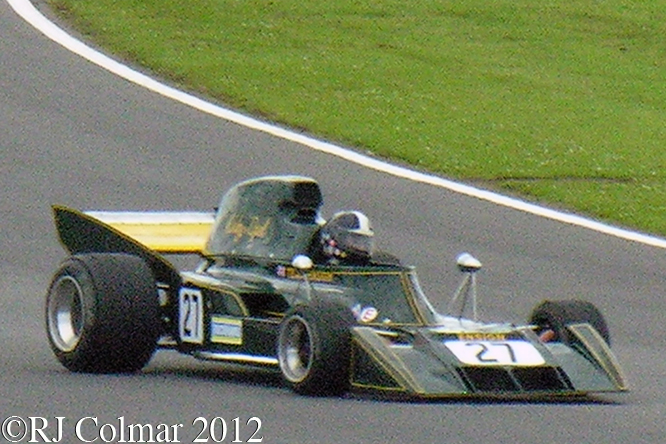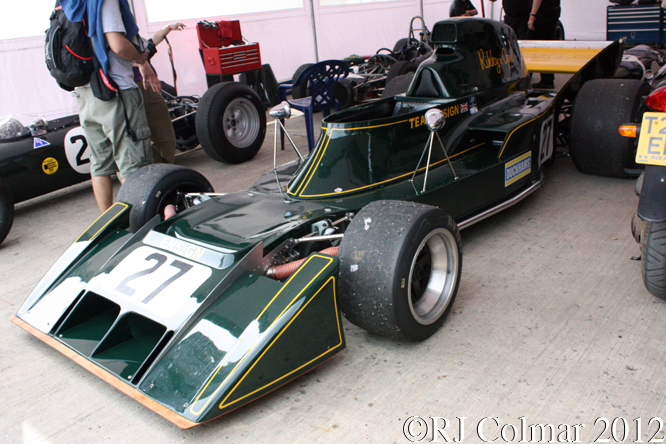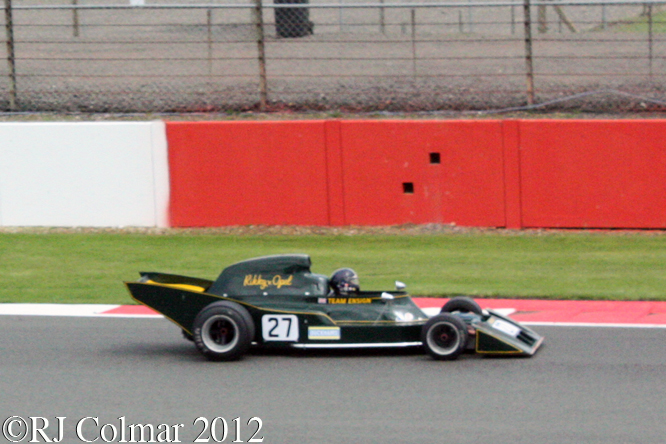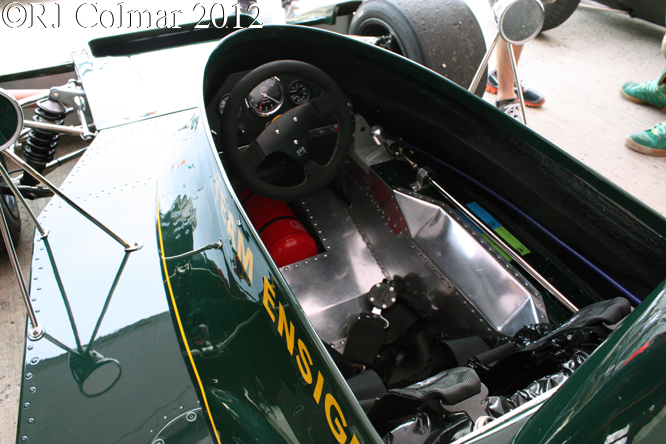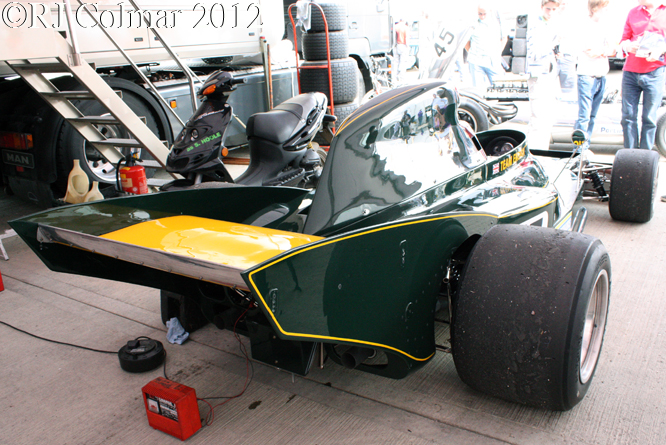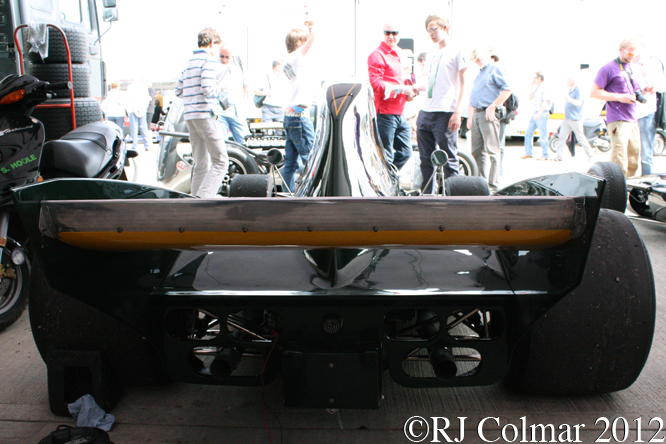After writing off a Maserati 200S in a sports car race at Snetterton, having been banned from racing in the USA for racing underage, Woolworth heir Lance Reventlow visited Lister and Maserati in 1957 and was appalled by the apparent backward chaos he found at the factories.
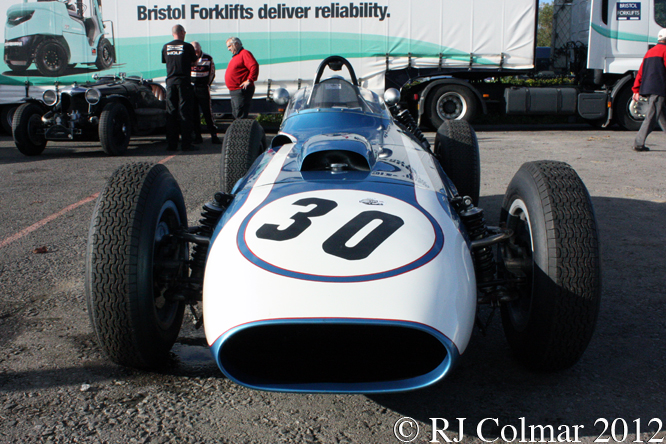
Determined that he could do better Lance Returned to the United States and founded Reventlow Automobiles Incorporated and initiated a successful sports car program for 1958.
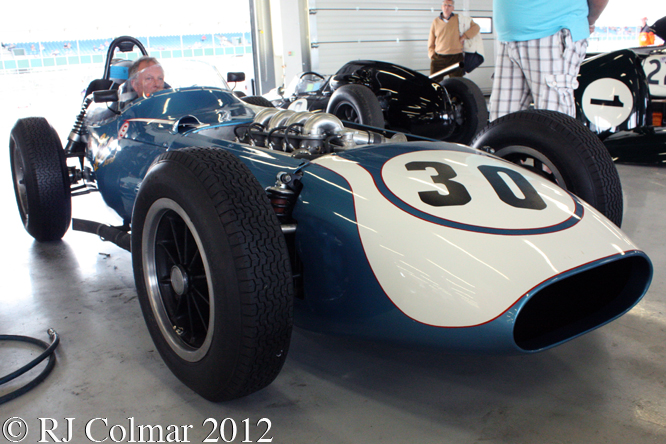
Encouraged by his success Reventlow Automobiles Incorporated engaged Troutman & Barnes to design a space framed contender for the highest level of the sport, Formula One.
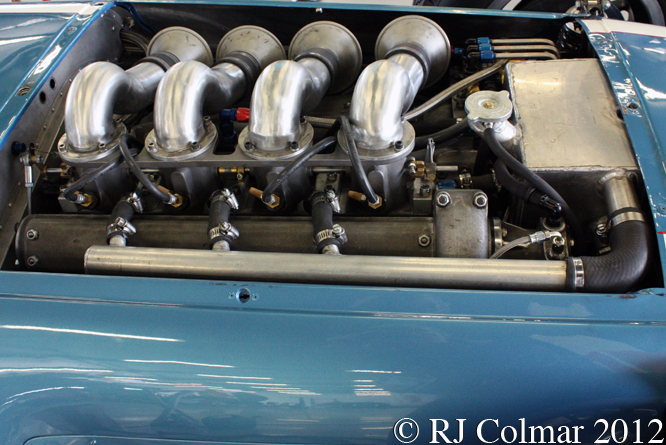
The motor for the new car was designed by Leo Goosens, of Offenhauser fame, who designed a Hilborn fuel injected 2.5 litre / 152 cui 4 cylinder motor with desmodronic, mechanically opened and closed which did away with valve springs, valves as had been favoured by Mercedes Benz during their successful Formula One campaigns from 1954 to 1955.
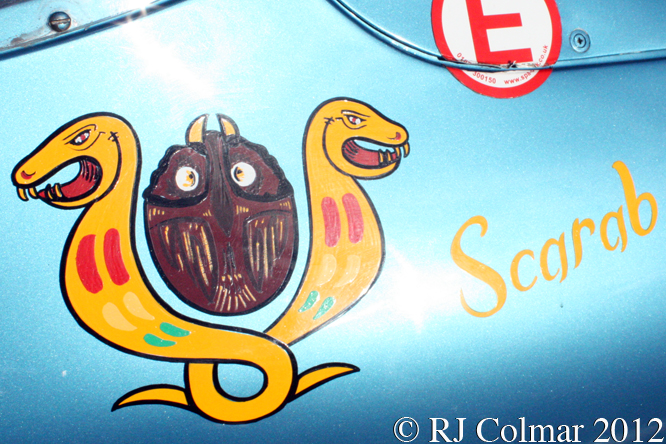
With a wry sense of humour Reventlow deliberately went against the grain of macho exotic names given to racing cars by chosing to call of the cars built by Reventlow Automobiles Incorporated Scarab after a compost beetle.
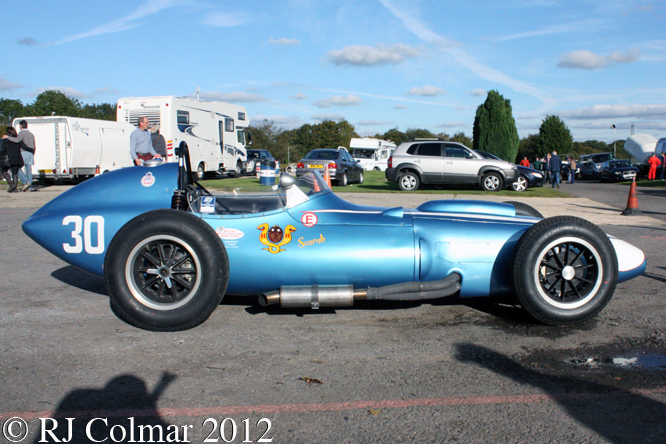
Widely respected for their beauty and build quality the team turned up in Monaco for the start of the World Championship season. Looks were deceiving as the cars proved to be too slow to qualify for the Monaco Grand Prix even after the Goodyear tyres had been replaced with Dunlops, not even Stirling Moss could set a competitive time in a Scarab.

Chuck Daigh and Lance Reventlow both qualified for the Dutch Grand Prix however they were both outside the top 15 which meant they did not qualify for start money and so both cars were withdrawn.
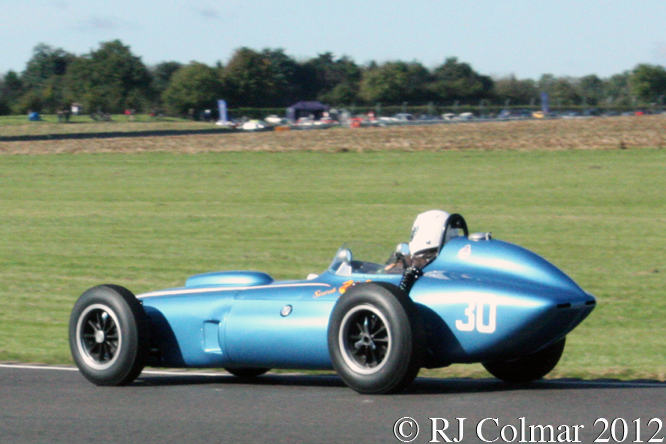
Reventlow qualified 16th for the Belgian Grand Prix and Daigh 18th however Reventlow retired on the second lap and Daigh on the 17th, both with engine problems. In France Richie Ginther replaced Reventlow in the driving seat and qualified 20th with Daigh 23rd and last however neither started because of engine problems.
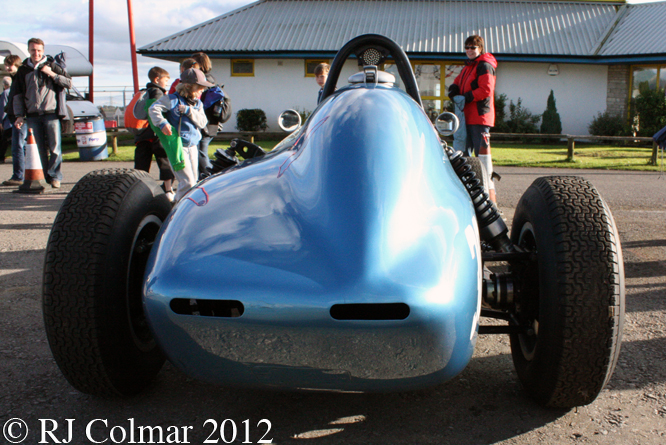
The team did not appear again until the 1960 US Grand Prix where a single car was entered for Chuck Daigh who qualified 18th. Chuck brought the car home 10th, 5 laps down, on what would be the teams final World Championship appearance.
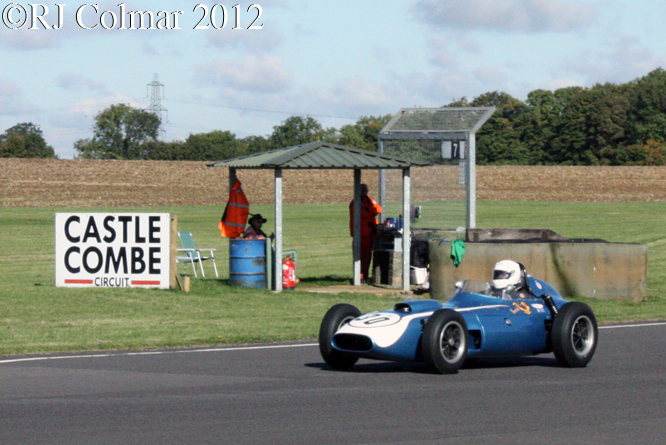
Chassis # 3 seen here was shipped to Europe in 1960 as the teams spare with out a motor. In 1961 Chuck Daigh drove the car fitted with an Offenhauser Indy type motor in the non championship International Trophy at Silvertone and Lavant Cup at Goodwood where he finished 7th and 8th. At the British Empire Trophy Meeting at Silverstone Daigh was badly injured when he crashed the car on what turned out to be the cars final ‘in period’ appearance.
The Scarab had proved to be underpowered and it’s front engined design rendered obsolete by the rear engined designs from Cooper and Lotus and Lance Reventlow had been deceived by the backward chaos he had seen in Europe which disguised much wisdom and craftsmanship gained from decades of experience.
For many years this Scarab was exhibited sans motor at the Donington Park Museum before it was purchased by Julian Bronson who acquired another Offenhauser motor and can be seen demonstrating the car above at Castle Combe.
Wishing all my readers from the United States a festive Independence Day.
Thanks for joining me on this “American Beauty” edition of “Gettin’ a li’l psycho on tyres”, I hope you will join me again tomorrow.


